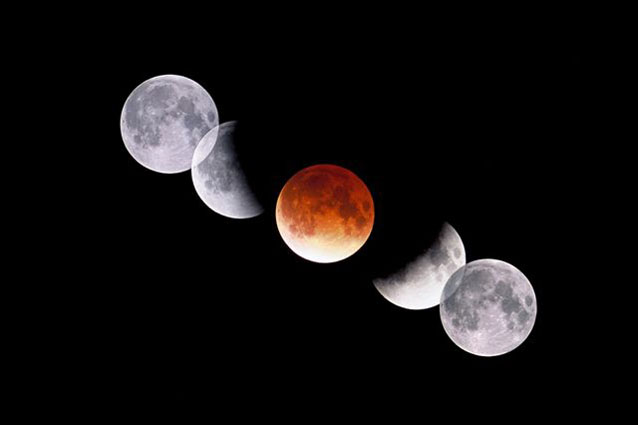Difference between revisions of "July 3, 2004"
| Line 51: | Line 51: | ||
<div align="center"></div> | <div align="center"></div> | ||
<p> </p> | <p> </p> | ||
| − | + | {{wiki/ArticleFooter}} | |
| − | |||
| − | |||
| − | |||
| − | |||
| − | |||
| − | |||
| − | |||
| − | |||
| − | |||
| − | |||
| − | |||
Revision as of 19:00, 1 February 2015
Moving Moon
Image Credit: Bob Horton |
|
Moving Moon Lunar eclipses offer little in the way of new scientific information, but we are often surprised by their color, and also in the beauty of the way they are photographed. This pleasing photograph of the November 8, 2003 eclipse by Bob Horton has excellent resolution and great color. It also demonstrates the movement of the Moon across the sky. Bob recorded the entire sequence on a single frame of film, by allowing the telescope to track at sidereal rate while the Moon moved eastward, through the shadow of the Earth. The entire event took over 5 hours to complete; each image was timed about 50 minutes apart. Thus, we have graphic proof that each hour the Moon moves its own width across the sky. It's not too early to start planning how you will image the next lunar eclipse on Oct. 28, 2004. Technical Details: Related Links: Yesterday's LPOD: Boring (?) Tomorrow's LPOD: Threading the Pillars |
Author & Editor: |
COMMENTS?
Register, Log in, and join in the comments.




